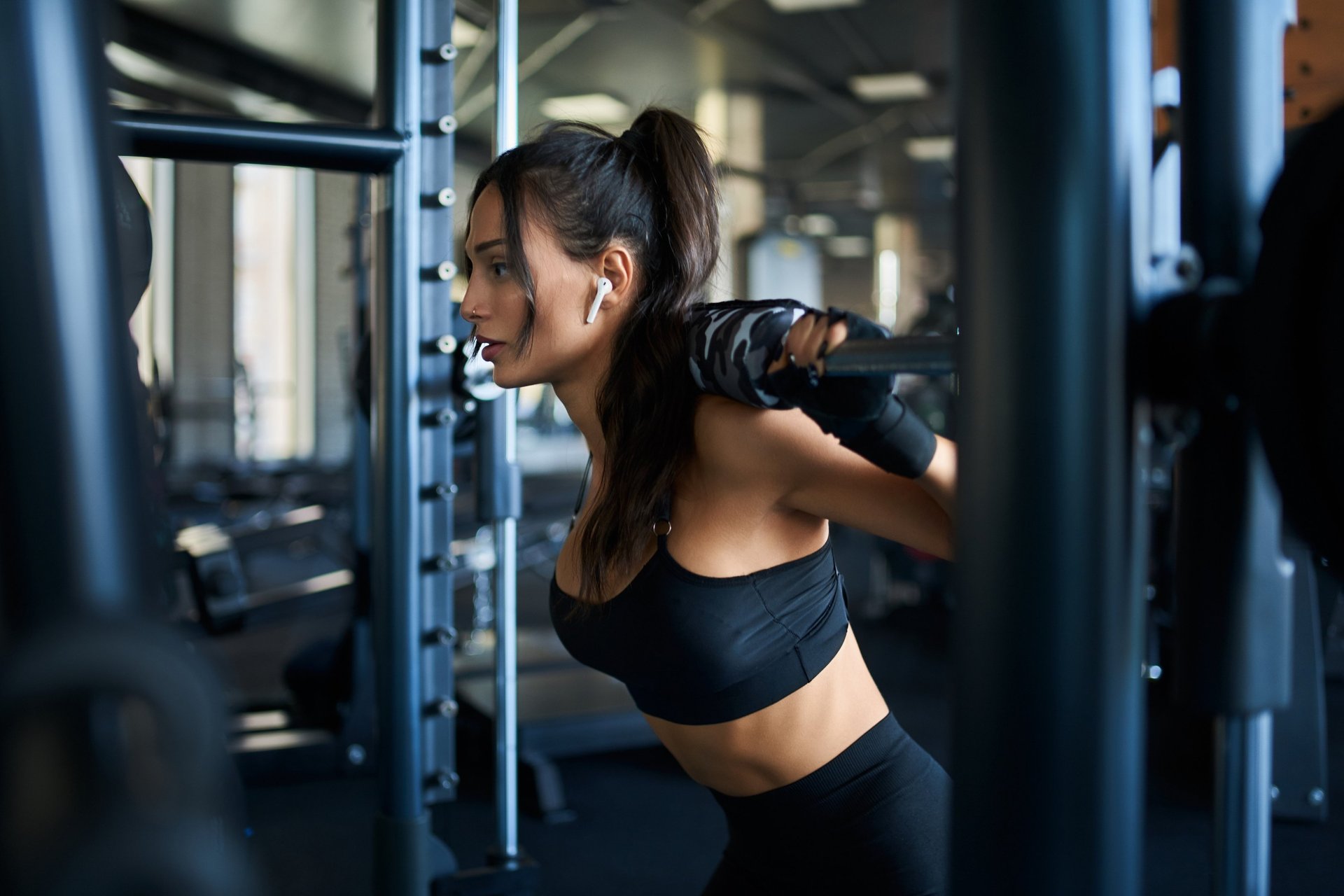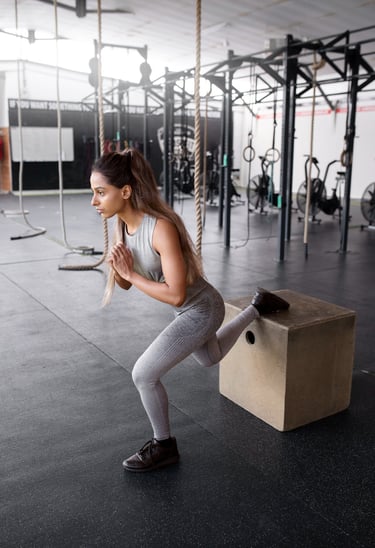
How to Actually Grow Your Glutes
Let’s be real: the glutes get a lot of attention, and for good reason. Not only are they the biggest muscle group in the body, but they also play a major role in how we move, look, and feel. But if you’re doing glute exercises at the end of your leg day, half-tired and rushing through them… you might be holding yourself back. So if you’re serious about building your glutes, this one’s for you.
7/7/20253 min read
The Glute Breakdown
Your glutes aren’t just one muscle. They’re a whole team of muscles with different roles:
Gluteus Maximus
The biggest one.
Responsible for hip extension (think thrusting, deadlifting) and external rotation (turning your leg outward).
This is the part most people think of when they want a fuller, rounder look.
Gluteus Medius
Still pretty big. This one creates that upper glute shelf.
Helps with hip abduction (lifting your leg sideways) and stabilizing the pelvis.
Super important for balance and a more lifted, rounded upper glute.
Gluteus Minimus
The smallest of the three, but still helps with stabilization and rotation.
Works alongside the medius.

Train Smart: Prioritize Glutes
If your goal is to grow your glutes, you need to actually prioritize them.
Sounds obvious, right? But many of us hit leg day with exercises like walking lunges or stiff-leg deadlifts first, and by the time we get to our glute-focused work, we’re already really exhausted.
Instead:
Start with your glute-focused lifts
Train them with intent
And yes—you can grow your glutes training just 2x per week, as long as you go hard and keep it consistent. Each session can be just 5–7 exercises, but make them count.



Top Glute Exercises (and How to Make Them Even Better)
1. Hip Thrusts
The #1 glute builder. Use a Smith machine for easier setup or a hip thrust machine if your gym has one. Focus on full range and pausing at the top.
Best overall for glute hypertrophy.
You can load it heavily and really isolate the glutes.
Studies consistently rank this #1 in glute activation.
RDLs or Bulgarians) is a major stimulus for muscle growth. The rear foot elevation allows for a greater range of motion.
2. Bulgarian Split Squats
These are very demanding, but high reward. They put your glutes in a deep stretch. Stretch under load (like in RDLs or Bulgarians) is a major stimulus for muscle growth. The rear foot elevation allows for a greater range of motion than regular lunges or squats. That means your glute is working through a longer movement path.
To make them even more glute focused:
Step far forward with your front foot
Lean your torso slightly forward
Bonus: because they're single-leg also they also activate the glute medius for stability
3. Romanian Deadlifts
RDLs are a staple for glute growth, especially the lower part of the glute max. They load your glutes in a deep stretch, which is one of the biggest triggers for muscle growth. Unlike regular deadlifts, RDLs keep the movement strict and controlled, focusing purely on the hip hinge. They're also easier on your lower back compared to conventional deadlifts and give you a better glute-hamstring stretch.
You can do RDLs with a barbell or dumbbells, both are great options:
Barbell RDLs allow for heavier loading and are easier to progressively overload.
Dumbbell RDLs give you a bit more freedom with hand position and are great for improving balance and control.
To keep the tension on your glutes:
Focus on pushing your hips back, not just lowering the weight. Think that it is a back-front exercise, not a down-up exercise
Keep a slight bend in your knees
Stop before your back rounds feel the stretch in your hamstrings and glutes, not your lower back

4. Cable Kickbacks
Great for isolating the glute max and getting that mind-muscle connection. Since you're working one leg at a time, you also activate the glute medius to stabilize.
To get the most out of them:
Keep your upper body still
Slight bend in your standing leg
Control both the kick and the return, don’t swing
Not a heavy lift, but great for glute activation, shape, and control. Perfect as a finisher or to wake up your glutes at the start of a session.
5. 45 Degree Extensions
These are often labeled as a lower back exercise, but they hit the glutes hard when done right. The key is in your form: with a slight round in your upper back and a strong mind-muscle connection, this move becomes a serious glute-builder. They’re especially great for targeting the lower glutes, which are easy to miss with other exercises. They’re super beginner-friendly and also great as a burnout or finisher.
To make them more glute focused:
Slightly round your upper back
Hold a plate against your chest for weight
Squeeze your glutes hard at the top, don’t overextend your back
6. Cable Step-Ups
Functional, single-leg, and great for glute activation—especially when you tweak the setup.
To make them more glute focused:
Step your back foot far behind you
Lean slightly forward as you step up
Use a low cable for resistance and hold the cable station for balance
Keep the tension on the working leg, and avoid pushing off too hard with the back foot. Perfect for glute control and stability.

7. Hip Abductions (Machine or Cable)
Great for building and shaping the glute medius. The upper, outer part of your glutes. This muscle helps create that round “shelf” at the top of your glutes and plays a big role in hip stability.
To get the most out of them:
Go full range and control the movement
Lean slightly forward on the machine for better glute engagement
Use higher reps to really burn them out
6. Barbell Squats
A solid lower body builder with potential for good glute gains—if you squat with glutes in mind. Standard squats hit quads more, but a few tweaks shift the load.
To make them more glute focused:
Use a low bar position, that means putting the bar further down on your back instead of high up in your neck
Lean your torso slightly forward
Squat deep for maximum glute activation
Not as isolating as hip thrusts or Bulgarians, but worth keeping in for strength and size.